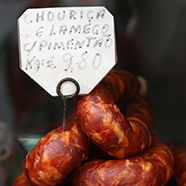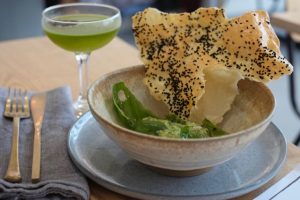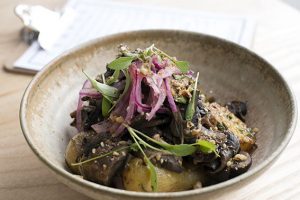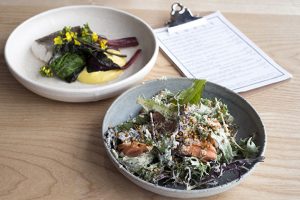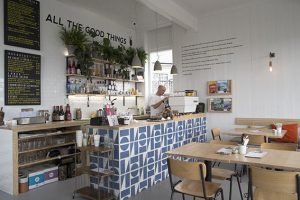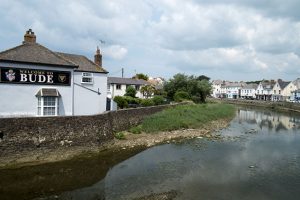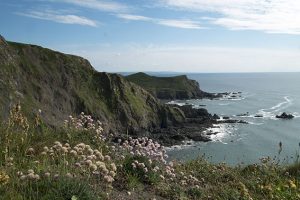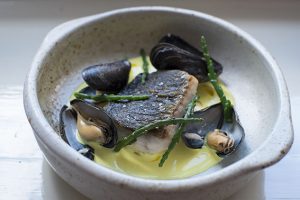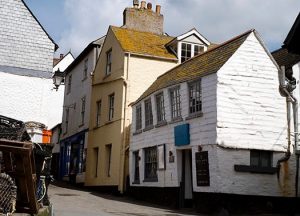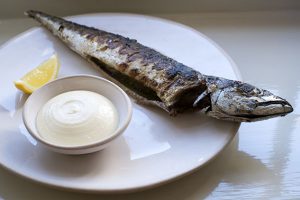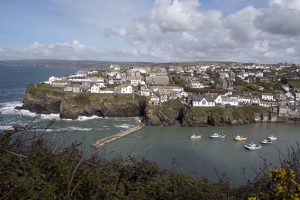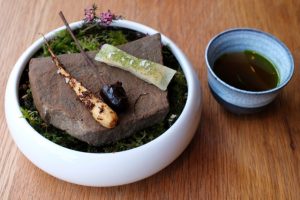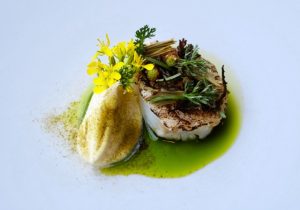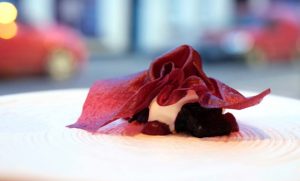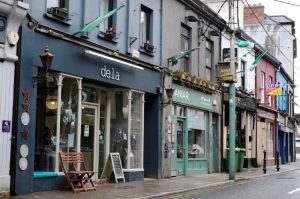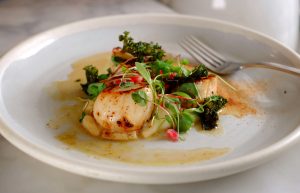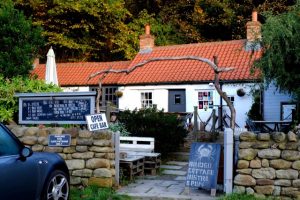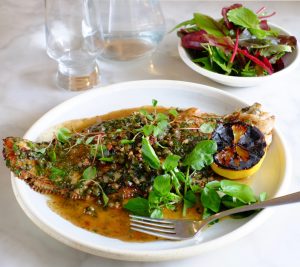Mention North Cornwall to a foodie and most will picture Port Isaac (featured in my previous blog post), or Padstow, once nicknamed Padstein for its abundance of Rick Stein eateries but now perhaps more famous for Paul Ainsworth’s sublime No6. Towns further north, such as Bude, rarely get a mention.
But ignore Bude and you’ll deprive your tastebuds. It might lack the celebrity chefs and the picturesque cobbled streets of the Two P’s, but over the past few years workaday Bude has been quietly upping its game to become a mini foodie hub.
Leading the revolution is Temple at Bude, a relaxed bar-cafe-restaurant-shop that’s been open for under a year but is already drawing a youthful and eco-savvy clientele with its arty vibe, international food and hip cocktails. With its glass front, contemporary furniture and bright cushions, it’s a beautifully designed space in which to linger. If the Middle Eastern flavours remind you of Ottolenghi, it’s no coincidence as chef Craig Tregonning used to head up Ottolenghi Islington (and was one of the team Scully brought with him to cook a Feast with a Chef in Bristol a couple of years ago). It’s a far cry from the mediocre seaside fish and chips sourced from nowhere particular that you so often find in Britain’s coastal towns. Temple breaks the mould in other ways too; a boutique at the back it sells sustainable, quality clothing (hence the ‘Edibles and Threadables’ slogan daubed on its exterior walls), a spin-off of the fact that one of the two couples running Temple used to work for big fashion houses.
The all-day foodie fun starts at breakfast when you can try Craig’s zesty mushrooms with dukkah (pictured), or his signature toastie made from sourdough made at nearby Coombeshead Farm, home-fermented kimchi and mature Cheddar (pictured) – sounds strange but it works, the acidic kimchi the perfect partner to the rich fatty cheese. Breakfast, by the way, lasts pretty much all day, so stoke up your appetite with a spot of surfing first if you want. For elevenses and tea there are home-made cakes, which you can wash down with a beetroot or turmeric latte, or a proper cup of tea that’s brewed in a teapot and served with organic milk from nearby Roadford Valley farm. For lunch there are small dishes, all as good on the eye as on the stomach, and all using proper locally produced ingredients, most of them organic. On the day I visited they included hot-smoked Chalk Stream trout with organic leaves, horseradish and buckwheat; and Hake with roasted garlic aioli, chard and brassica flowers (both pictured).
In the evening, Temple morphs into a laid-back restaurant, which gives you a good excuse to try the cocktails (many using home-grown herbs, like coriander, and sweetened with stuff like dates instead of sugar which is a lovely touch). I kicked off with Lavosh (thin, Middle Eastern cracker bread) with a cucumber, basil and avocado dip (again, an unusual but spot-on combo), then for starter tried the Braised cuttlefish stew (£9), before tucking into a Roast organic pork belly main (£15) which was meltingly tender with crackling just the right side of denture-breaking. Producing food of this quality at these prices is no mean feat so Temple’s owners and chefs deserve high praise. Go! Now!
Happily, Bude’s foodie offering does not end at Temple. A few hundred yards on, overlooking the town’s spectacular Summerleaze beach, The Beach at Bude is a boutique hotel that provides creative cooking of a more classic kind. The chap behind it all is Joe Simmonds, who trained under Sam Moody at the Michelin-starred Bath Priory. Also not to be missed is the North Coast Wine Company, a wine bar-cum-winestore in the heart of town, run by the dynamic Oliver Tullett. Not only does it stock over 600 different wines and spirits, and loads of ales and ciders from Cornish producers (including Haywood Farm Cider from nearby St Maybn), but Oliver can offer you a choice of 13 different gins (including The Wrecking Coast from nearby Tintagel), cocktails (try the Breaking Bad), or a freshly ground coffee from Sabins Artisan Roasters based less than four miles away. I told you the town was cool. If you’re a foodie dude, head to Bude!
I visited Bude while researching a feature about the food of the North Cornwall coast for the August issue of Olive. You can it on the home page.
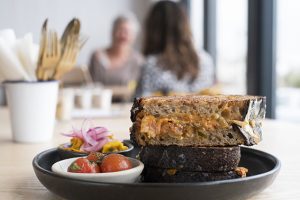
Toasted Coombeshead sourdough filled with mature cheddar and home-fermented kimchi, at Temple at Bude. Images copyright Clare Hargreaves




